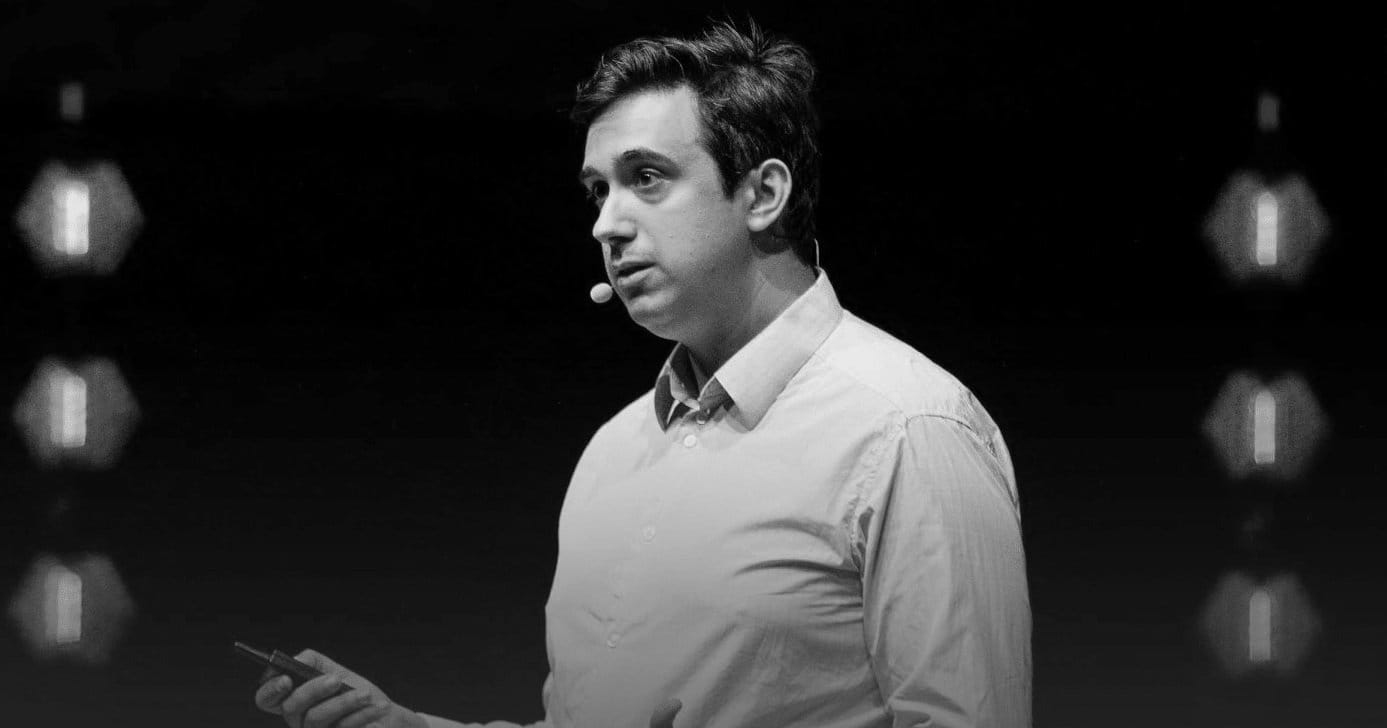
- Arthur Breitman’s vision for Tezos focused on governance, allowing users to propose and vote on updates without disruptive forks.
- Despite setbacks, Breitman’s leadership and the introduction of Ultra High Throughput rollups aim to rejuvenate Tezos scalability.
Arthur Breitman, a former engineer and polymath with a passion for decentralized systems, set out to reinvent blockchain technology in the mid-2010s. His narrative began long before Tezos became a household brand in the cryptocurrency industry.
Breitman, who was born in France and schooled in mathematics and computer science, was heavily affected by his time at Goldman Sachs and Morgan Stanley, where he witnessed firsthand the limitations of centralized financial systems.
Arthur founded Tezos with his wife Kathleen Breitman in 2014. The duo envisioned a blockchain that went beyond Bitcoin’s limited governance model by allowing people to actively engage in its evolution. Tezos was designed to address one of Bitcoin’s main issues: its inability to upgrade efficiently.
Rather than forcing hard forks, Breitman created a self-amending blockchain that allows stakeholders to vote on protocol updates in a decentralized manner.
Initial Coin Offering Tezos gained popularity after its 2017 ICO. The ICO raised an incredible $232 million, making it one of the most successful of its time. This event appeared to signal the creation of a blockchain capable of challenging Ethereum’s dominance.
The Breitmans were heralded as crypto royalty, and their concept of a self-governing, scalable blockchain piqued the curiosity of both investors and coders.
However, success was not without its hurdles. Shortly after the ICO, Tezos became entangled in court challenges over control of the foundation that managed the proceeds.
This internal struggle slowed the project and raised doubts about its future. Arthur and Kathleen found themselves sidelined by disagreements, battling to keep their project on track.
Overcoming Legal Battles and Pushing Forward with Tezos Vision
The post-ICO turbulence was a major setback for Arthur Breitman. As a technologist, he wanted to focus on Tezos development, but the legal and organizational issues were daunting.
Many early backers of the project were disappointed, as the value of Tezos native currency, XTZ, plummeted, putting it behind competitors such as Ethereum and Solana.
Breitman responded calmly, silently withdrawing from the public glare as the legal maelstrom raged on. But, behind the scenes, he kept working on the vision that inspired him to start Tezos.
His tenacity was visible when Tezos successfully launched its mainnet in 2018. Despite the delays and controversies, the platform began to gain popularity, owing mostly to its innovative on-chain governance approach and energy-efficient proof-of-stake consensus process.
Revitalizing Tezos Amid Rising Competition in the Blockchain Space
Arthur Breitman’s adventure did not stop with Tezos initial success. The blockchain industry had progressed quickly, and by 2021, Tezos found itself trailing Ethereum and other platforms that had sparked significant developer interest. The XTZ token has plummeted in popularity, and many questioned if Tezos could regain its early traction.
During this time, Breitman became more involved in the development of Tezos. He saw that the platform needed to take a new course if it was to compete in a market crowded with creative blockchain ventures.
Arthur and Kathleen led efforts to revitalize the Tezos ecosystem, focusing on strategic alliances and expanding into the booming NFT sector.
Collaborations with large brands, such as Red Bull Racing Honda, aided Tezos’ resurgence, and its ecologically friendly proof-of-stake methodology became a selling feature for developers concerned with sustainability.
Pioneering Scalability with Ultra High Throughput Rollups
One of Arthur Breitman’s more ambitious undertakings in recent years has been the implementation of Ultra High Throughput (UHT) rollups for Tezos. In 2023, Breitman outlined out his vision for Tezos’s scalable future, intending to expand the blockchain to millions of transactions per second.
This was a bold move that would establish Tezos as one of the most scalable and interoperable blockchains on the market.
Breitman’s suggested UHT rollups would enable easy interoperability across multiple systems, allowing developers to interface with the blockchain using widely adopted coding languages.
This renewed emphasis on performance and developer experience echoes Arthur Breitman’s overarching philosophy: a blockchain must change continuously to fulfill the requirements of its community.
Breitman hopes that by making these enhancements, Tezos will become not merely a technological powerhouse, but also a user-friendly platform capable of scaling alongside its competitors.
Arthur Breitman’s quest is far from completed. Tezos remains a platform that thrives on its robust governance architecture and a community that actively contributes to determining its future.
The blockchain’s versatility, combined with Breitman’s emphasis on long-term sustainability, has positioned Tezos for a possible revival in coming years.















